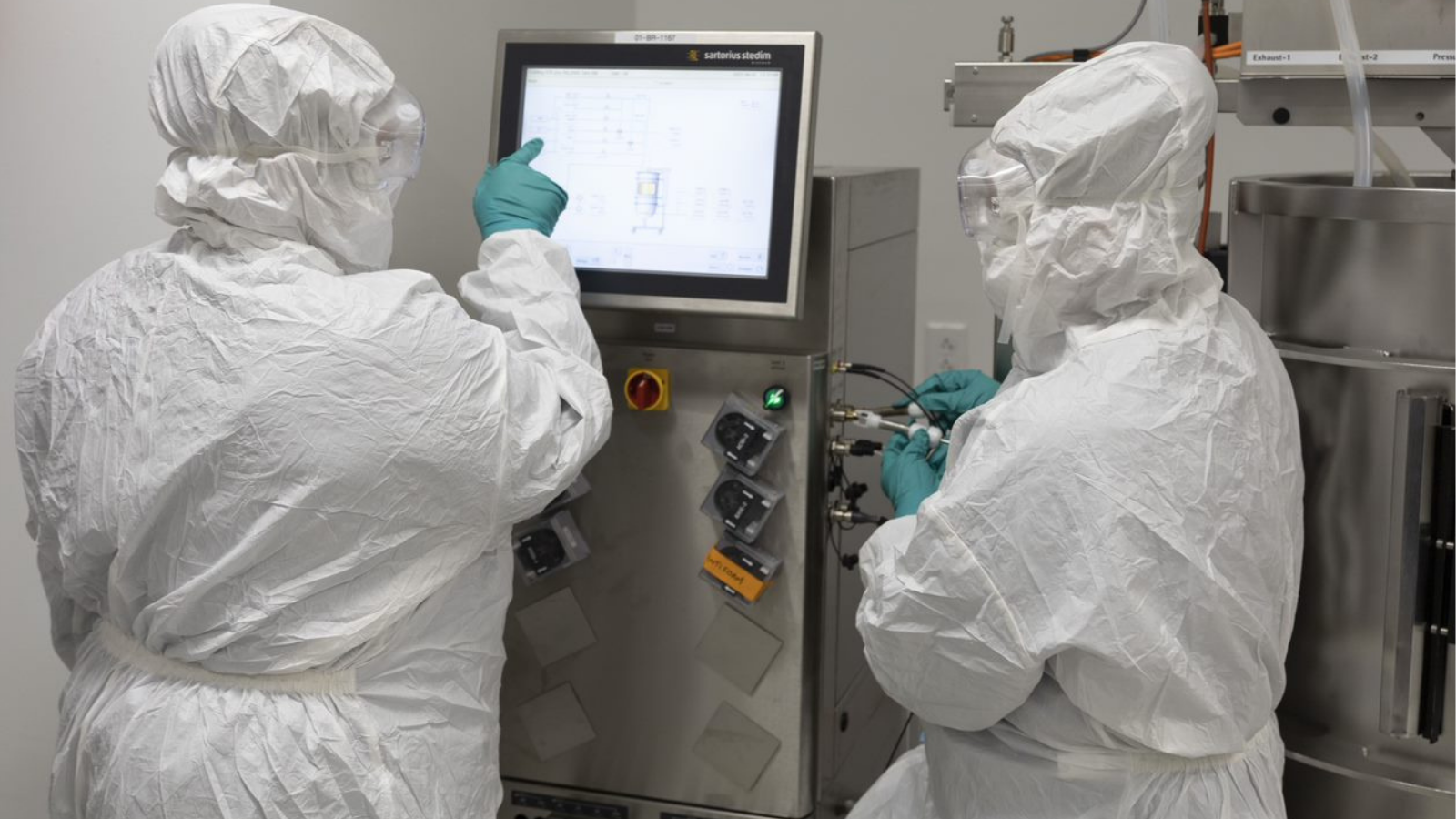Artificial Intelligence: Your Guide to Crossing the CGT Cost Chasm

The potential of cell and gene therapies to revolutionize healthcare is undeniable. However, one major roadblock hindering their widespread adoption is the high cost of goods (COGS) compared to traditional small molecules or monoclonal antibodies. Per run pricing for autologous cell therapies reaching over $100,000 and gene therapy batches exceeding $1.5 million. As we strive to make these life-changing treatments more accessible for patients, artificial intelligence (AI) shows promise as to address the cost challenges associated with cell and gene therapy manufacturing. Below, we explore how AI can uplevel manufacturing processes, optimize resource utilization, and streamline quality control, all of which contribute to driving down costs and expanding patient access to these transformative therapies.
1. Predictive Quality Control for SOP Standardization and Deviation Avoidance
Maintaining stringent quality control is crucial in cell and gene therapy manufacturing. AI can revolutionize this aspect by enabling predictive quality control to standardize SOPs and avoid deviations. By analyzing vast amounts of data from previous production runs and real-time data during manufacturing, AI algorithms can identify patterns indicative of potential quality issues. This proactive approach allows manufacturers to address problems before they escalate, reducing wastage and minimizing costly deviations. AI-driven predictive quality control not only ensures compliance with rigorous quality standards but also helps in optimizing the use of expensive raw materials, ultimately contributing to the reduction of overall production costs.
2. Dynamic Supply Chain Management for End-to-End Scenario Planning
Effective supply planning and forecasting are critical to managing the high costs associated with cell and gene therapies. AI can play a pivotal role in accurately predicting demand, optimizing inventory levels, and streamlining the supply chain. By analyzing historical data, patient demographics, and treatment trends, AI algorithms can forecast future demand more accurately. This enables manufacturers to plan production schedules efficiently, avoiding overproduction or understocking situations that can lead to increased costs. Additionally, AI can optimize supply chain logistics, ensuring timely delivery of raw materials and reducing the risk of supply disruptions. With enhanced supply planning and forecasting, cell and gene therapy manufacturers can achieve cost efficiencies while maintaining a stable and sustainable production ecosystem.
3. Real-time Production Monitoring for Zero Downtime
Downtime in cell and gene therapy manufacturing can be financially burdensome, significantly impacting the cost of goods. AI-driven real-time production monitoring offers a solution to this challenge. By deploying sensors and IoT devices throughout the manufacturing process, AI can monitor production in real-time, detecting anomalies and potential issues as they arise. Through machine learning algorithms, AI can predict maintenance requirements and identify areas where process optimization is needed, reducing the risk of unexpected downtime. Minimizing production interruptions not only enhances productivity but also prevents costly delays and resource wastage. With AI’s ability to predict and address potential disruptions proactively, cell and gene therapy manufacturers can optimize efficiency, control costs, and ensure continuous, seamless production.
To make this vision a reality, Center for Breakthrough Medicines (CDMO) has invested in technology, talent, and facility infrastructure clients can use at any stage of therapy development – preclinical through commercial. By leveraging our cutting-edge AI-datasets and models, therapy developers can unlock efficiencies and cost savings in manufacturing. Reach out below to create new era of affordable and accessible cell and gene therapies for patients.
